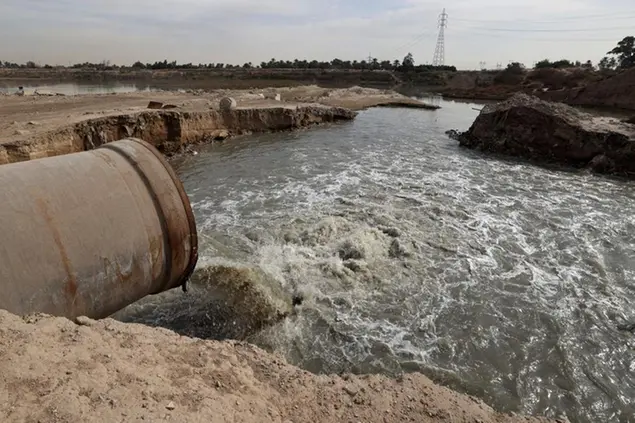PHOTO
Sub-Saharan Africa is rapidly emerging as a hotspot for surface water pollution, posing serious risks to the region’s already stressed resources, the United Nations has warned.
Some 90 countries, most in Africa, Central- and Southeast Asia, are experiencing the degradation of one or more freshwater ecosystems.“As the population in the region grows and economies continue to develop, pressure on water bodies has intensified, leading to widespread degradation of water-related ecosystems, primarily driven by pollution, dams, land conversion, over-abstraction and climate change,” states the UN’s latest progress report on Clean Water and Sanitation for All.
Many countries in the region are notably off track in meeting Sustainable Development Goal (SDG) 6.6.1—change in the extent of water-related ecosystems over time. Data from the recently released UN 2024 report on the mid-term status of this indicator reveals that over 60 percent of countries in Sub-Saharan Africa, Central Asia, and Southeastern Asia are currently experiencing degraded freshwater ecosystems.
The trend graphs show a troubling pattern of ecosystem decline in Sub-Saharan Africa since 2000, with 30 per cent more countries in the region now reporting one or more sub-indicators in a state of degradation compared to 20 years ago.
Compounding these threats further, changes in temperatures and rainfall caused by climate change and experienced as droughts, also contribute to the loss of permanent water in regions like Northern, Sub-Saharan, and Southern Africa.
The study shows that in spite of these new water quality hotspots emerging in sub-Saharan Africa, driven by agricultural intensification and population growth, the continent has inadequate monitoring capacity of these risks.
Nevertheless, the construction of reservoirs contributes to a global net-gain in permanent water, mainly in regions like North America, Europe and Asia. © Copyright 2022 Nation Media Group. All Rights Reserved. Provided by SyndiGate Media Inc. (Syndigate.info).
